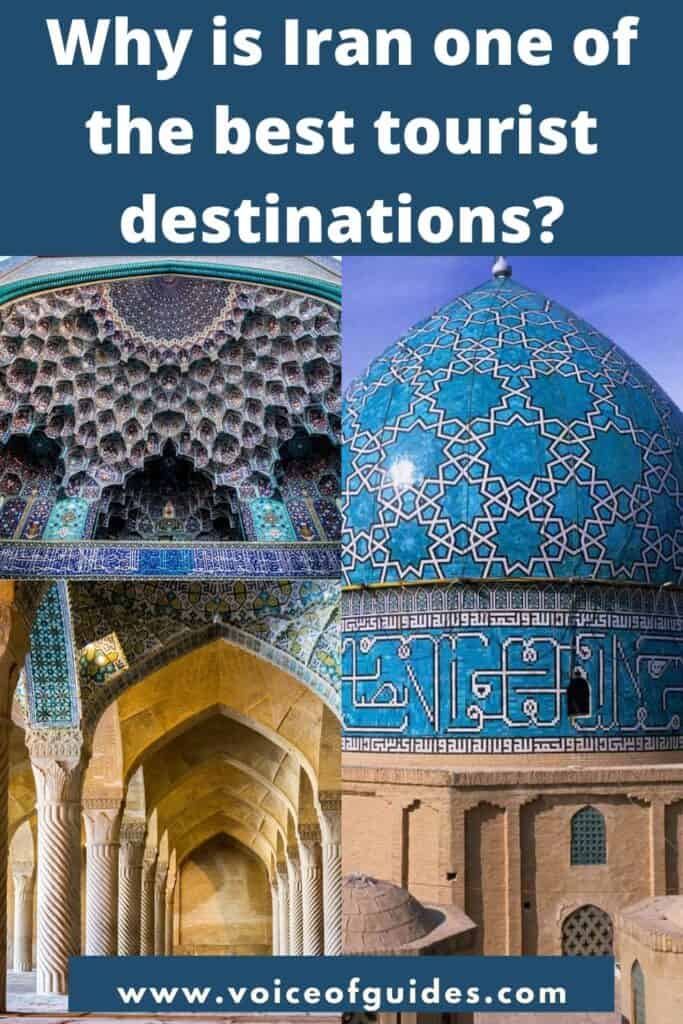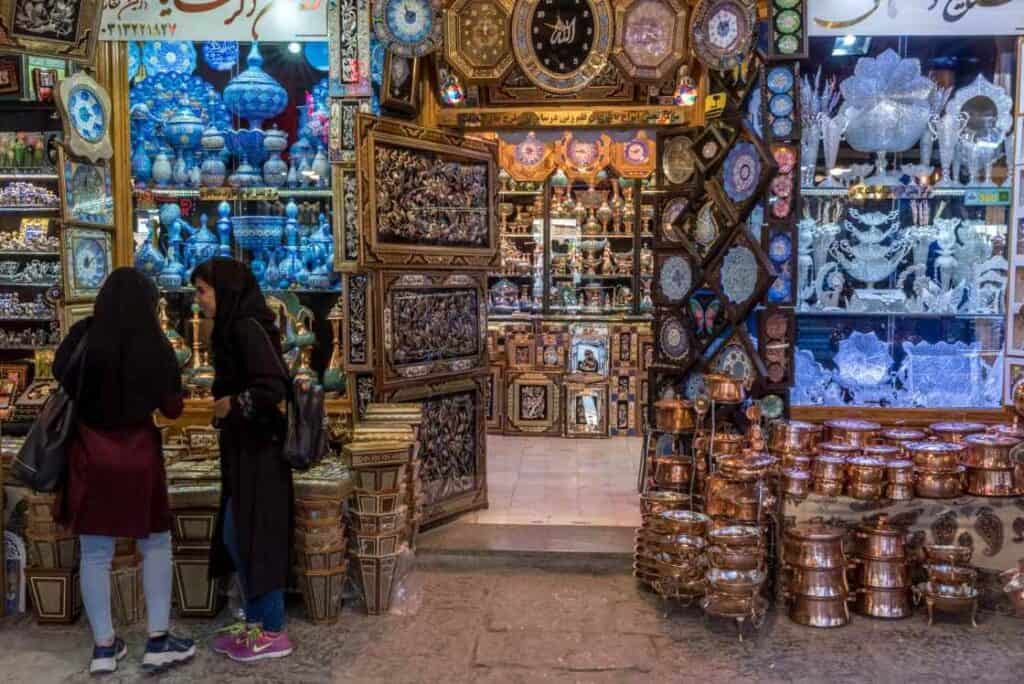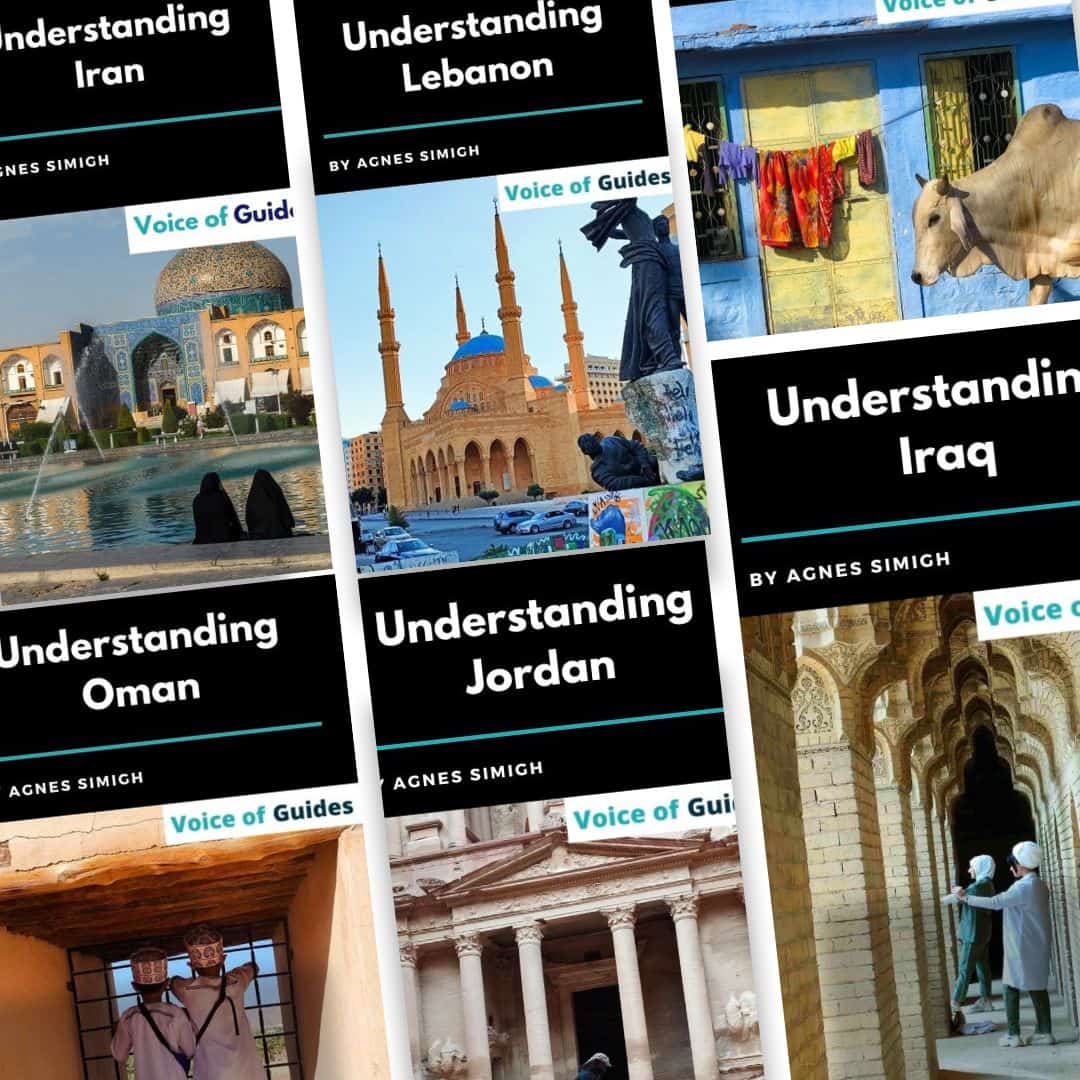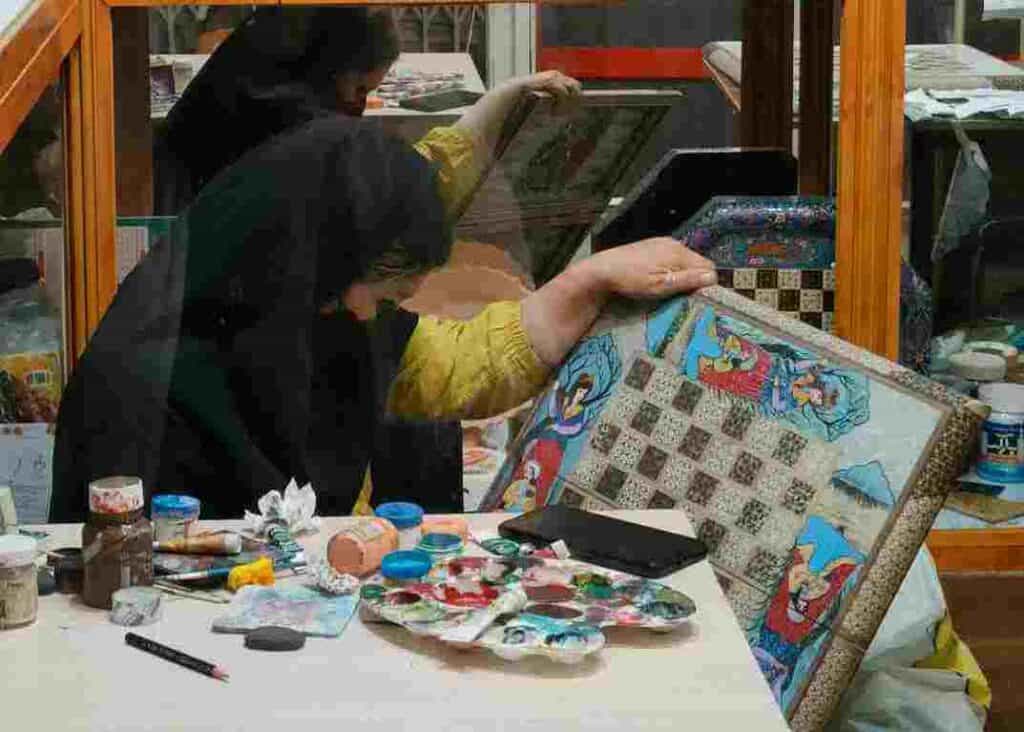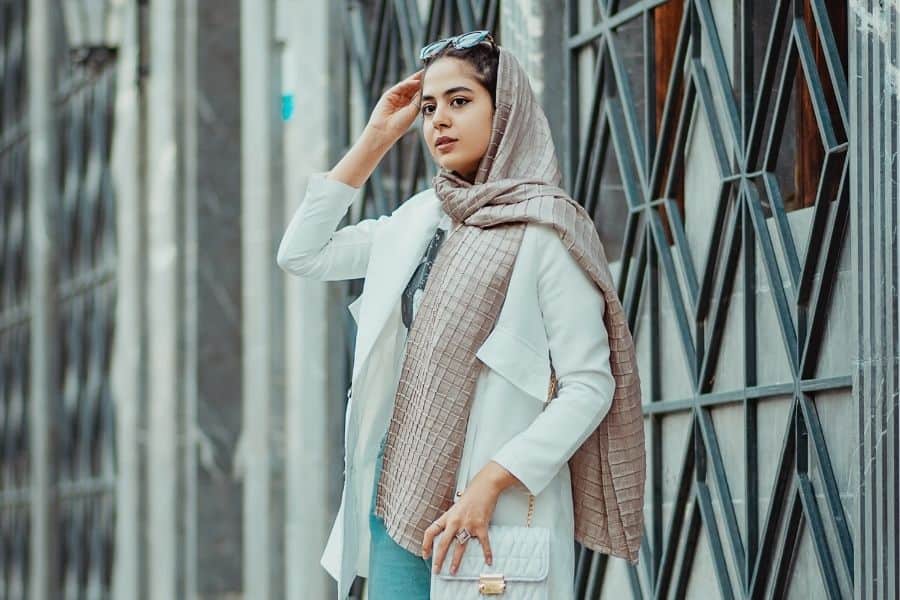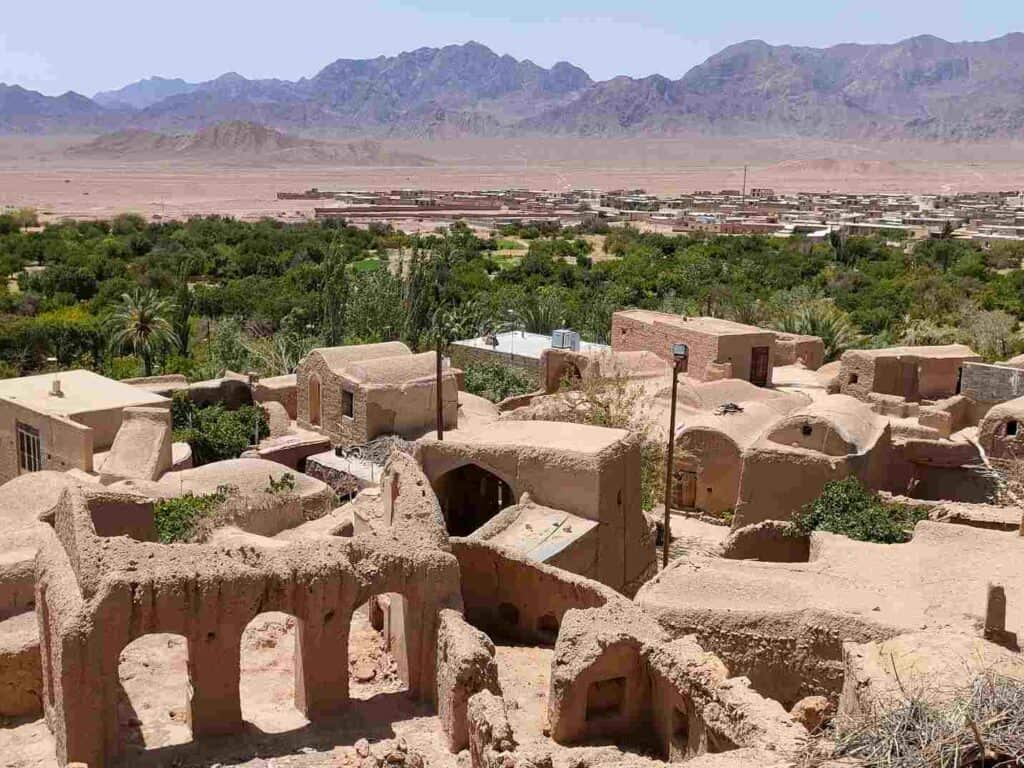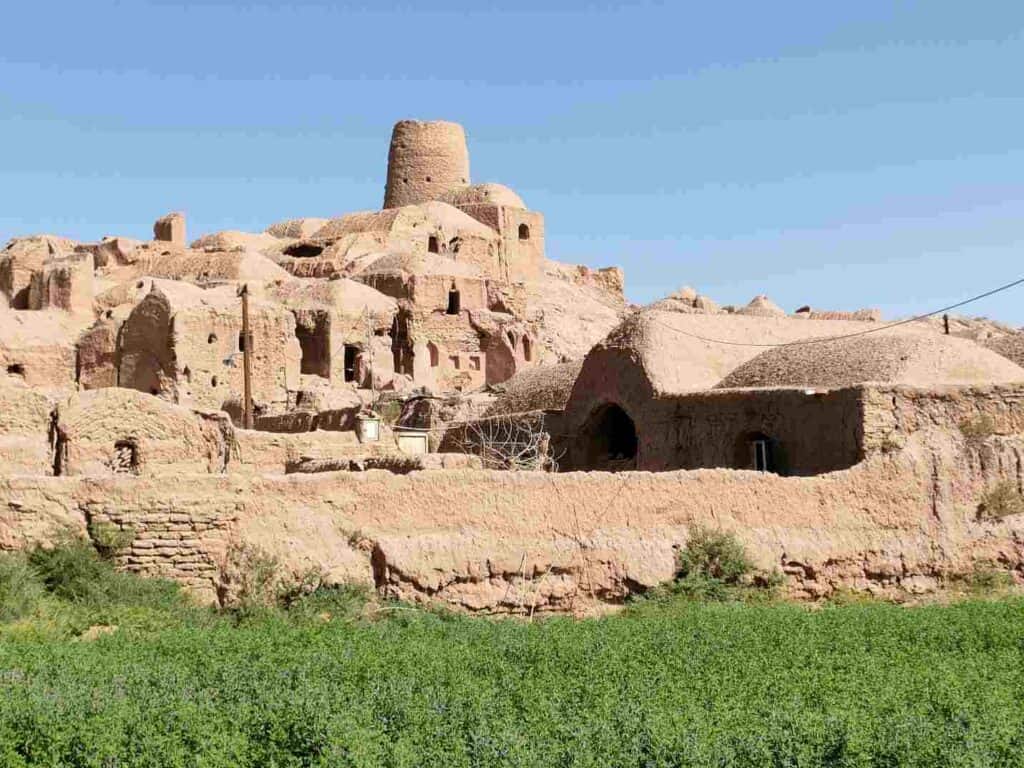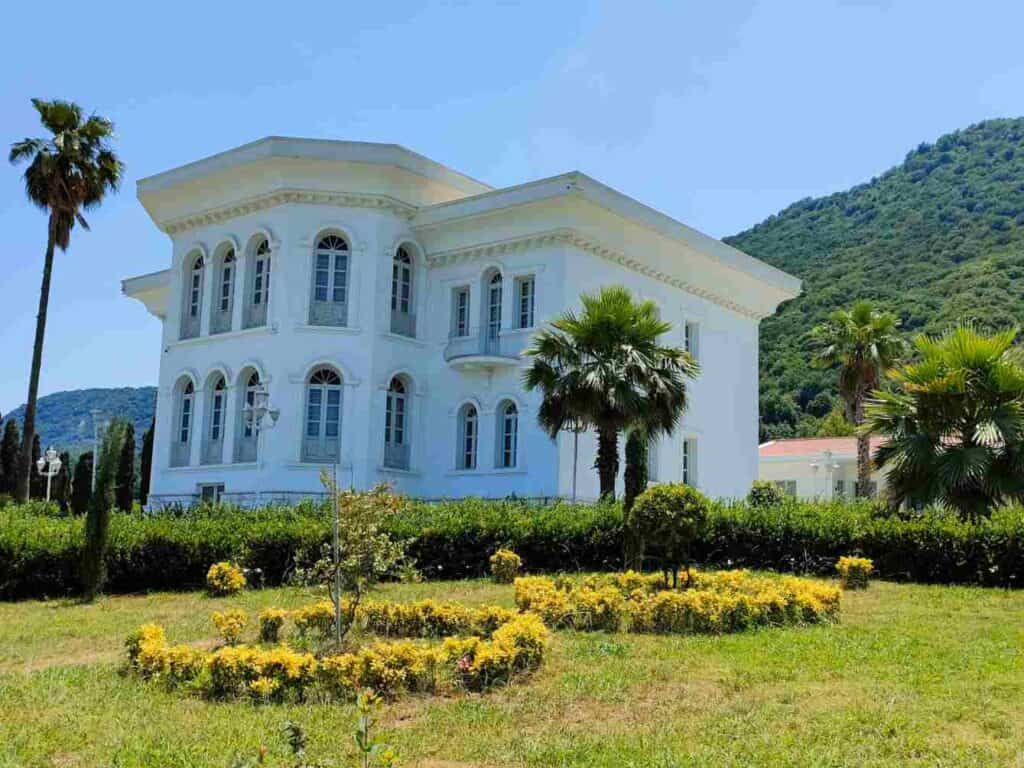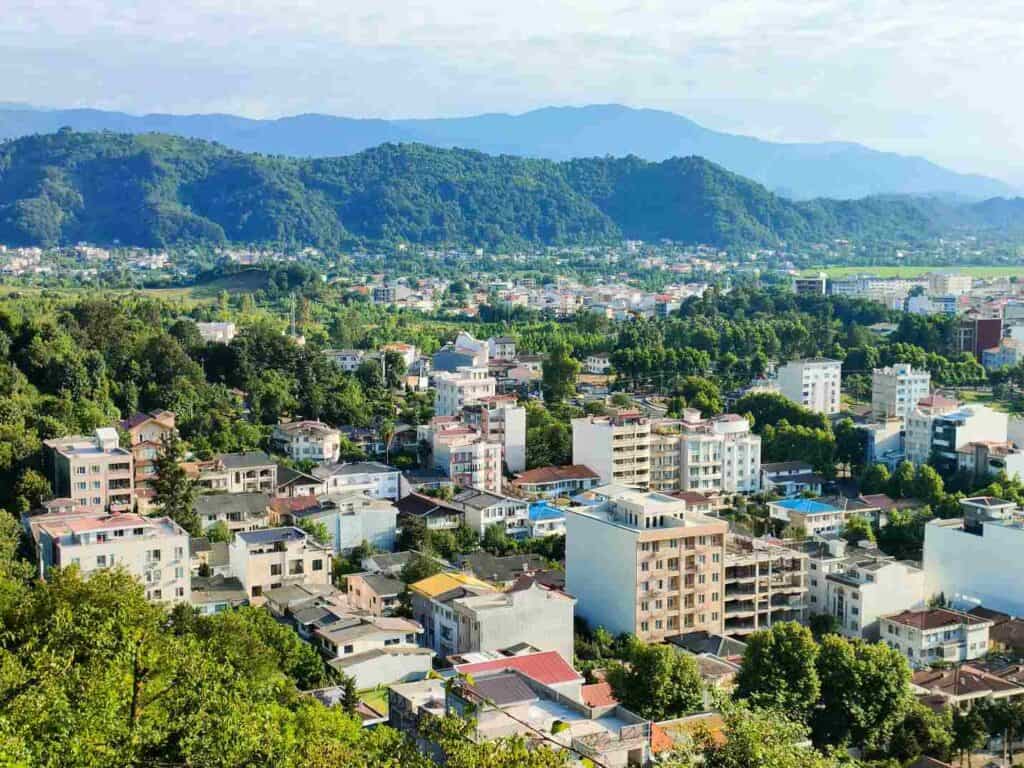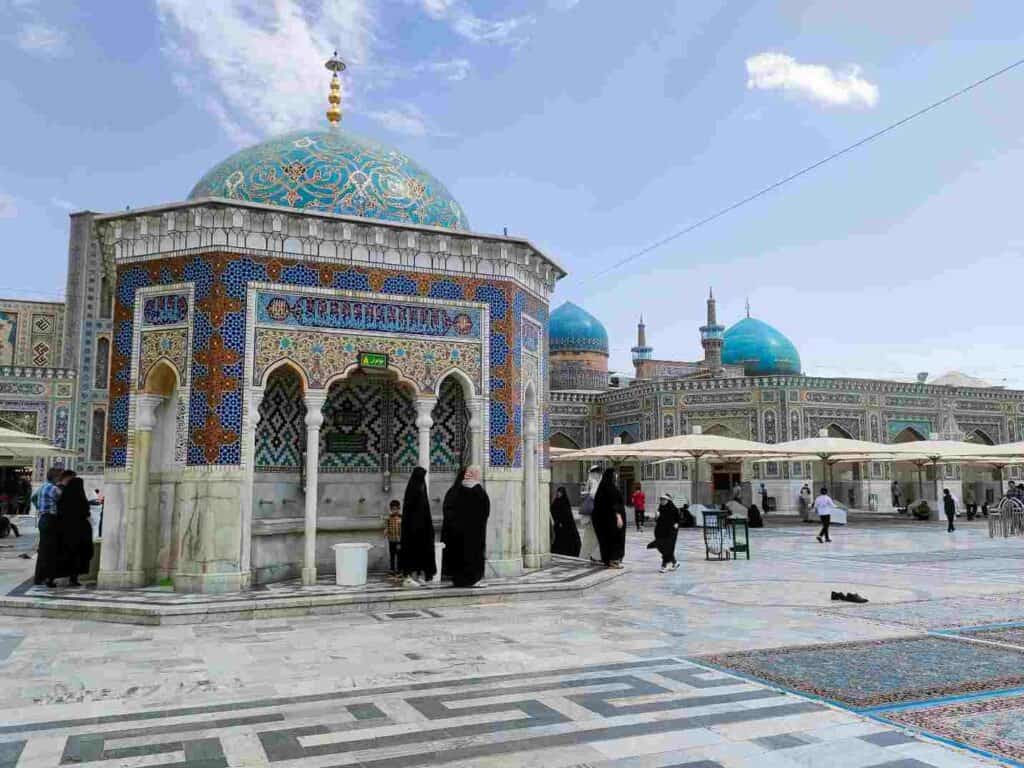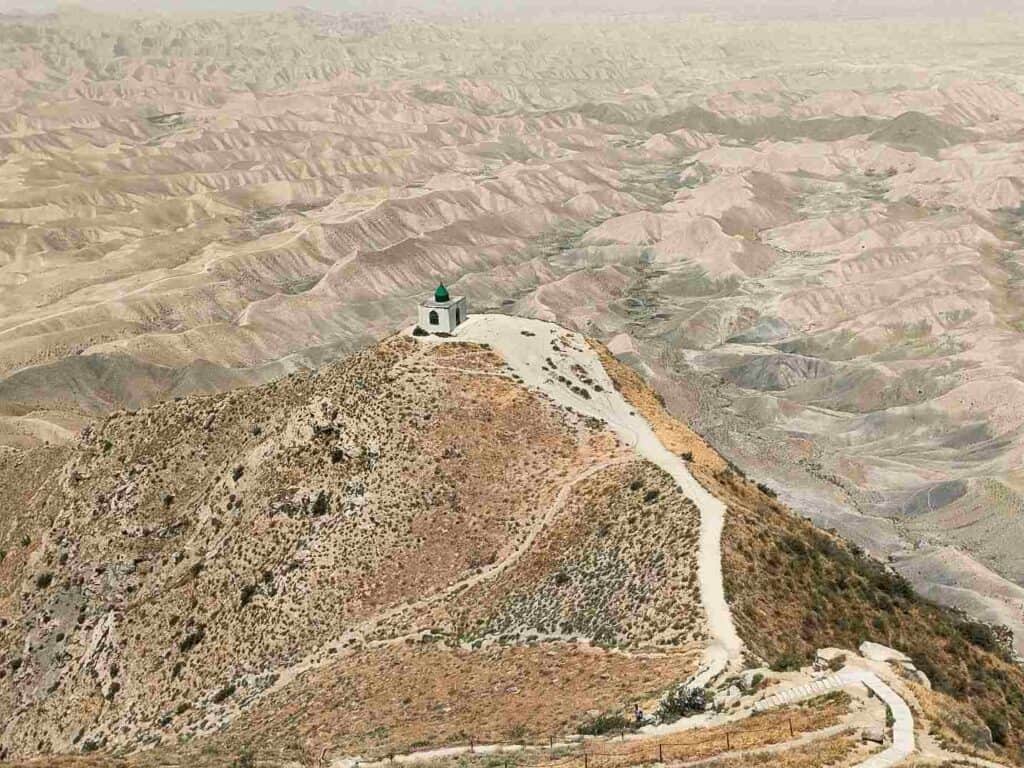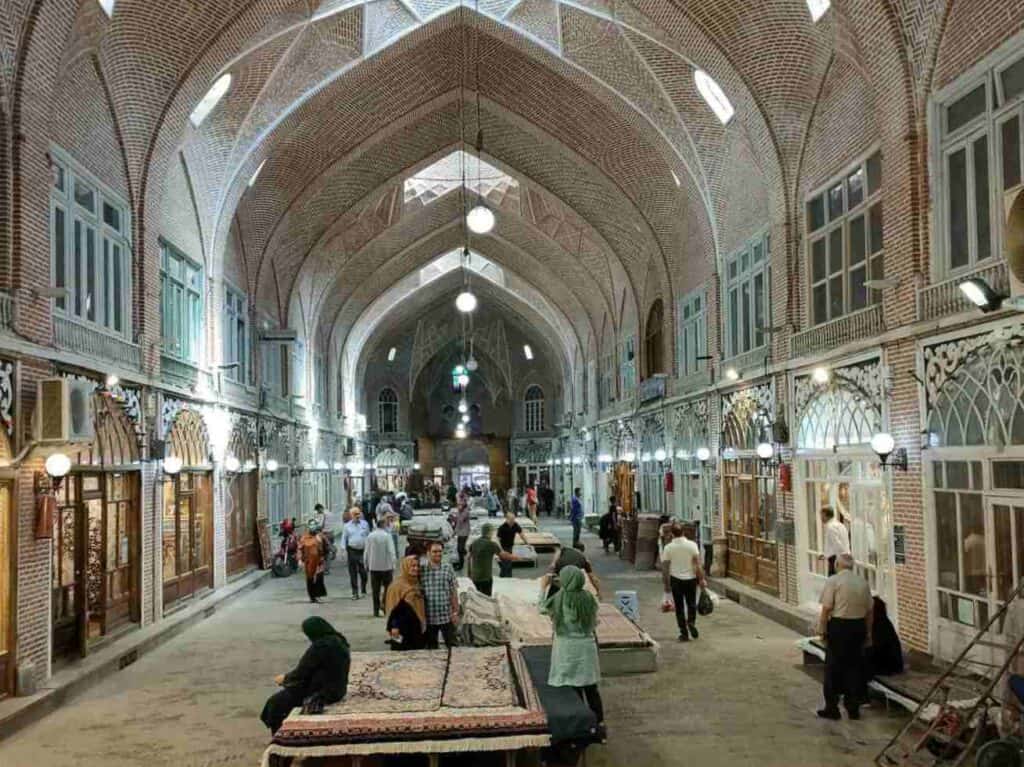Almost everyone who once visited Iran is blown away by the beauty and kindness of its people. Most of them want to return. Is that a coincidence? Probably not. That is the reason why I also decided to discover Iran myself as a solo female traveler. Only a few countries can offer as much as Iran. Once it gets a bit more positive media coverage, it can quickly become one of the top travel destinations. So here are some strong arguments why you should travel to Iran.
1. Experience the real Iran behind the distorted media coverage
What you hear about Iran in the media is one thing. Iran, the most powerful player in the Middle East, is a thorn in the eye of several political players. It does not mean that the Iranian government’s involvement in foreign conflicts and its ongoing nuclear activities are not questionable. But it is a mistake to judge the Iranian people after their government.
Some say it is not ethical to visit the country and do not want to spend their money in the Islamic Republic that repeatedly abuses human rights. But in this way, you will only punish the local people, and you deprive yourself of a lifetime experience.
The best two-week itinerary for your first visit to Iran
If you find it ethical to travel to the United Arab Emirates, then why not to Iran? In my opinion, it is quite the contrary. And your personal experience will put things in a different light.
2. Discover the remains of Ancient Persia, one of the oldest civilizations in the world
Iran was always the heart of the Great Persian Empire, the biggest in the known world. Almost 50% of the world’s population (known at that time) lived there. The country’s history dates back to 5500 years!
The rulers of the Achaemenid dynasty (Cyrus, Dareios and Xerxes) built the legendary Persepolis. Persepolis and the tomb of Cyrus the Great near Shiraz are some of the most important historical attractions in Iran.
Persia lies along the Silk Road that linked the East with the West, where all the invaluable products changed owners. The caravanserais built on the desert routes that served as a resting place for the merchants are reminders of that period. The ancient religion of Mithraism and Zoroastrianism are also a part of Iran’s history. Zoroastrianism preceded the spread of Islam in the region. There are still about 25,000 Zoroastrians living in Iran, mainly in and around Yazd.
Iran is a journey into history, a blend of historical sites, mythological stories, and impressive museums.
3. Desert architecture and turquoise domes
The blue-tiled domes and mosques from the Safavid rule of the 16th century are one of the landmarks of Iran. The mosques of Isfahan, the wind catchers, and qanat systems (underground water canals) in the desert city are a “must-see”.
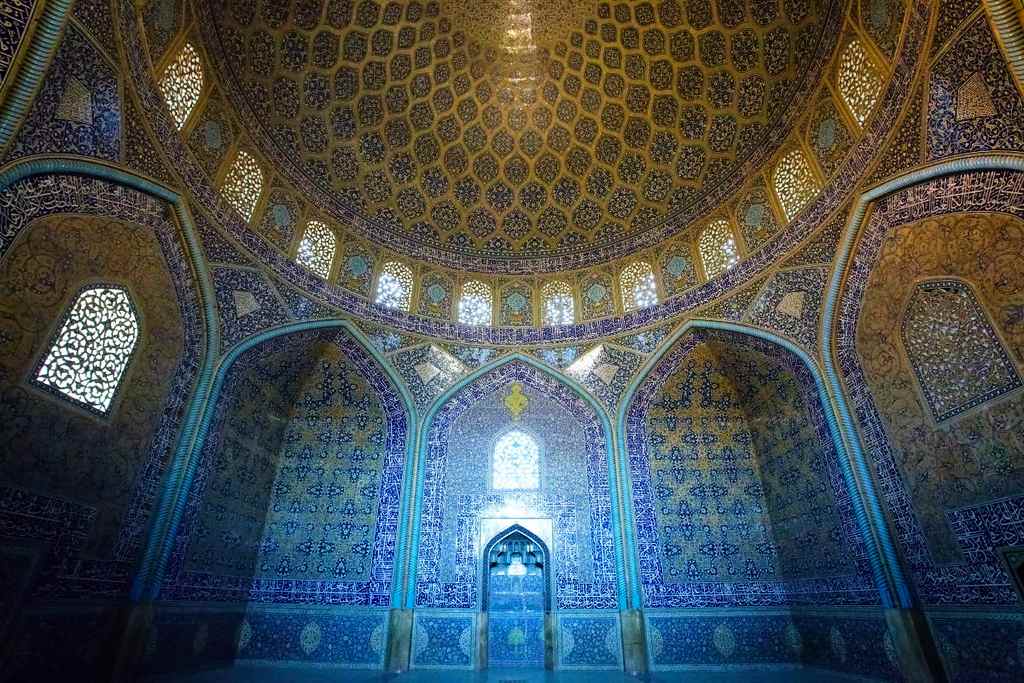
4. Learn the Shia customs and architecture in the biggest Shia country in the world
90% of Iranians follow the Shia branch of Islam. You probably have been to Muslim countries before dominated by Sunni Muslims. Although there are Shia believers in other countries (Iraq, Bahrein, Azerbaijan, Qatar, Afghanistan, Saud-Arabia, United Arab Emirates, India, Pakistan, Yemen, etc.), Iran is the country with the largest number. Well-known that Shias and Sunnis split when they could not agree on the rightful successor of Prophet Mohammad. Shias accepted the blood relatives of Mohammad, while Sunnis chose the most suitable person as the successor of the Prophet. But the Shia branch of Islam is much more than that.
They also celebrate different festivals (Ashura to commemorate the battle of Karbala) and pray in another form. The distinct religion is one of the reasons why Iranians are different from other Muslims.
5. The cultural diversity due to the several ethnic groups
Multiple ethnic groups have always been present in Persia. Persians only make up around 60% of the population. Azeri, Kurd, Lor, Baluch, Arab, Gilak, Mazani, Turkmen, Khorasani, and Tat ethnic groups are all part of Persia. They have their language and dialect, culture, costumes, and religion. Still, they are united in their homeland. When you travel across the country, you will encounter different ethnic groups.
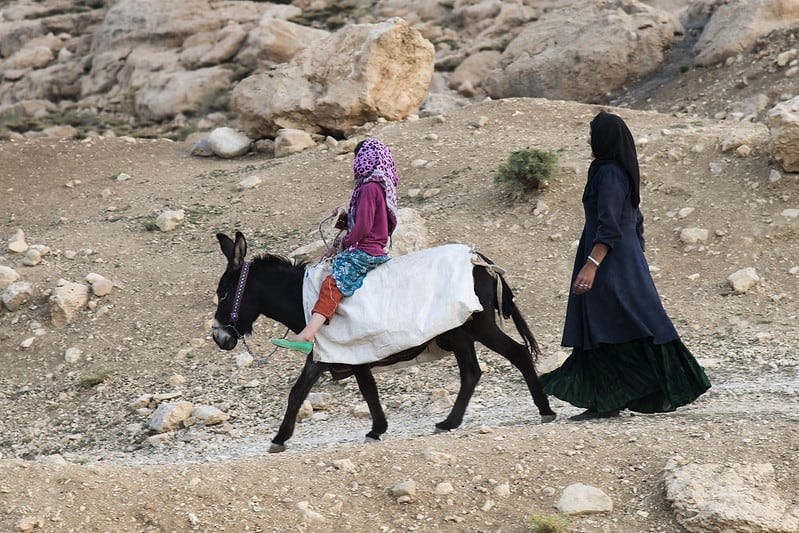
In villages, the locals still wear traditional clothes and speak the local language. Such cultural diversity in a single country is a great experience.
6. Experience four seasons while traveling through the country
Iran has a diverse topography. Unlike many other countries in the Middle East, Iran is not a dominantly desert country, though it is also a part. It is enclosed by the Caspian Sea in the north and the Persian Gulf in the south. The Kavir and Lut desert spread between the 4000 meters-high Zagros and Elburz mountains.
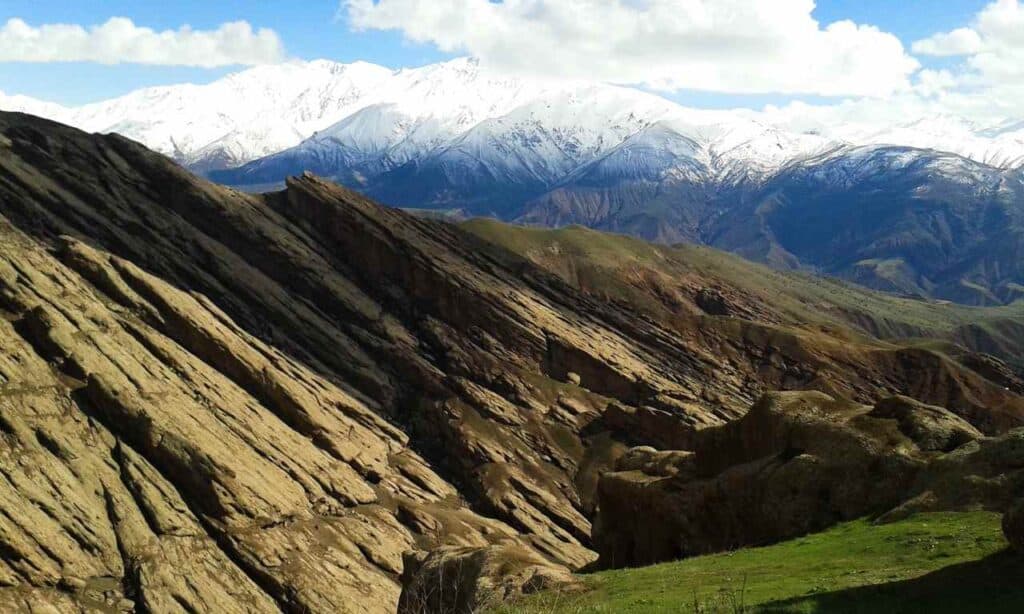
If you travel to Iran in December you can get tanned under the hot sun in the Persian Gulf. The next day, head to Shahr-e Kord (located in the middle of the country 90 km from Isfahan) for skiing. Or you can go shopping in the bazaar of Yazd in cool weather. The next day drink tea on the terrace of a local house and watch the green forests in the north of Iran in Gilan province while it is raining.
7. Persian food is incredibly delicious
Located between India, Pakistan, and the Arab countries, all of them influenced Iranian cuisine. There is an incredible food diversity in this country, including fish and crabs from the Caspian Sea to heavy meat stews. Iranians do not spare with spices either. Let’s not forget that 90% of the saffron in the world is grown in Iran. In 2014 UNESCO registered the city of Rasht in northern Iran near the Caspian Sea as a “Creative City of Gastronomy” due to the diversity of food in Iran.
Traditional Iranian cuisine includes stews, kebabs, mixed and plain rice and soups. Iranian stews are usually served with rice. The most common Persian meals are Dizi, Gheymeh, Ghormeh Sabzi, Bameih, Baghala Ghatogh and Fesenjun.
Iranian kebab (made from beef, lamb, chicken, or fish), such as Barg, Kubideh, Shashlik, Jujeh, Uzun borun, is probably the most common specialty of Persian cuisine.
Iranian rice is cooked in two different ways: Kateh or Dami. The rice served with kebab is called Chelo, and the one with stew is called Polo. Famous Iranian rice is including Baghala Polo, Adas Polo, Sabzi Polo, Dampkhtak.
There are two types of soups in Iran. Dilute soups with a few ingredients are called “Soup”. Other thick soups are called “Ash”. The most popular soups are Reshte, Jo and Piaz. The most common Ashes are Ash-e Kashk, Shuli, Ash-e Gazaneh and Ash-e Reshteh.
You can taste great sweets in Iran. Faloodeh is probably the most well-known of all of them. There are more types of that.
The Shirazi Faloodeh is prepared with noodles, starch, rose, sugar and water. They serve it in a frozen form with lemon juice and cherry syrup. Yazdi Fallodeh is made from special strands of starch and is served with water, rose and sugar syrup. It is not frozen, but they add ice to quench it.
The Faloodeh contains summer fruits, basil seed and some sugar.
Gaz comes from Isfahan and Qottab, Loz, and Baklava from Yazd. There are more types of Baklavas in Iran, but the one in Yazd is the most famous. Tabriz city offers Turkish Baklava.
Buy some famous Iranian nuts (such as pistachio, dates) in one of the bazaars.
Iranians have tables at home, but they still prefer the traditional way to spread a tablecloth (sofreh) on the floor and eat from that. In typical Persian restaurants, people sit and eat on elevated tables covered with carpets.
8. Iranian hospitality is indescribable
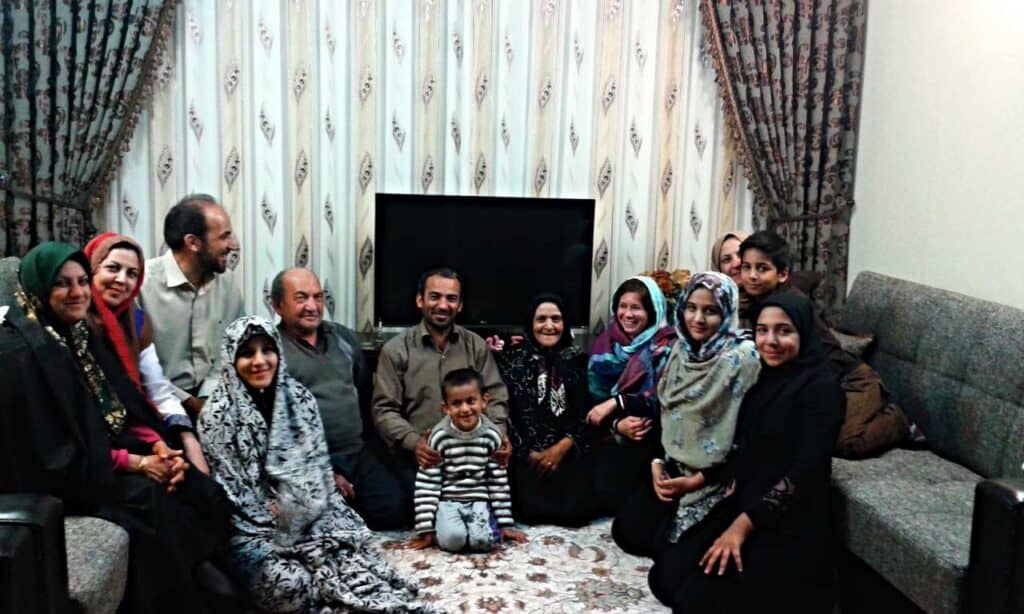
The attitude of Iranians towards foreigners is a reason itself why you must travel to Iran. You wonder that such hospitality still exists at all.
Respect towards guests plays a big part in Iranian culture. Iranians consider them as a friend of God in Persia. At the same time, Iranians regard foreigners as their messengers. They appreciate that you chose Iran as your destination and want to make sure you return with good memories. Iranians like talking to tourists and even inviting them to their homes.
They want you to know that the negative media propaganda applies to the Iranian government. By traveling to Iran, you understand the difference between the Iranian people and the Iranian regime and how unfair it is to judge the people after their government.
If you check the feedbacks on popular travel forums, you see that they are almost 100% positive. They cannot be so wrong. That is why I went there as a solo female traveler as well. And most of the travelers return more than once to cover other parts of the country.
9. An exotic place where you can travel solo as a woman and with a family without a problem
Contrary to negative media propaganda, Iran is one of the safest countries to visit. Plenty of blogs and diaries of Western travelers about their trips to Iran confirm all that. You can walk around as a woman alone in big cities as well. It is actually safer than most European cities. Night buses are full of women and children. If you need any help, do not worry, locals will definitely give you a hand.
The best two-week itinerary for your first visit to Iran
10. Eye-catching artworks and handicrafts – a perfect place for shopping
The traditional bazaars are still the main shopping places for Iranians. Here you will spot beautiful handicrafts (wooden carvings, metal works, pottery). The turquoise inlaying in jewelry, copper, or brass is one of the special features of Iranian handicrafts. But Isfahan, Shiraz, Kashan, Qom, Yazd and Kerman also have plenty of other things to offer.
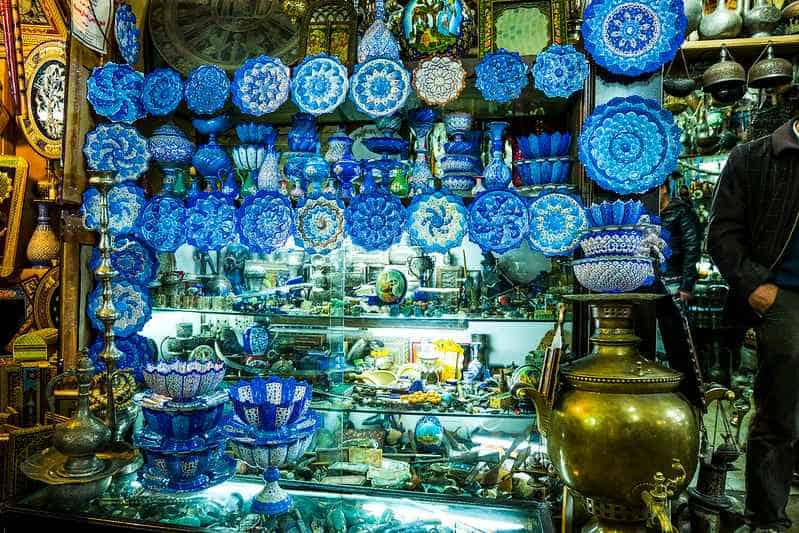
The Persian carpets do not need any advertisement. You can find the best rugs in Isfahan. But each region and city has a unique style of making carpets. You will definitely find something to your taste.
Tehran has reputable Art Galleries offering postmodern objects.
11. An affordable destination
Iran was always an affordable destination, but it got even cheaper for foreign tourists. When President Trump declared that the United States of America step back from the historic Iran nuclear deal and re-introduced the severe economic sanctions, the Iranian currency devaluated. Only three years ago, when I was in Iran for the first time, 1 US Dollar was worth 32 000 Iranian Rial. Before the pandemic, it was 130,000 Rial, and by the beginning of 2021, it hits 260,000 Rial.
All you need to know about the Iranian Rial
Locals really endure hard times ever since. Now, the situation even worsened even more with the aftermath of the pandemic.
Pinit!
